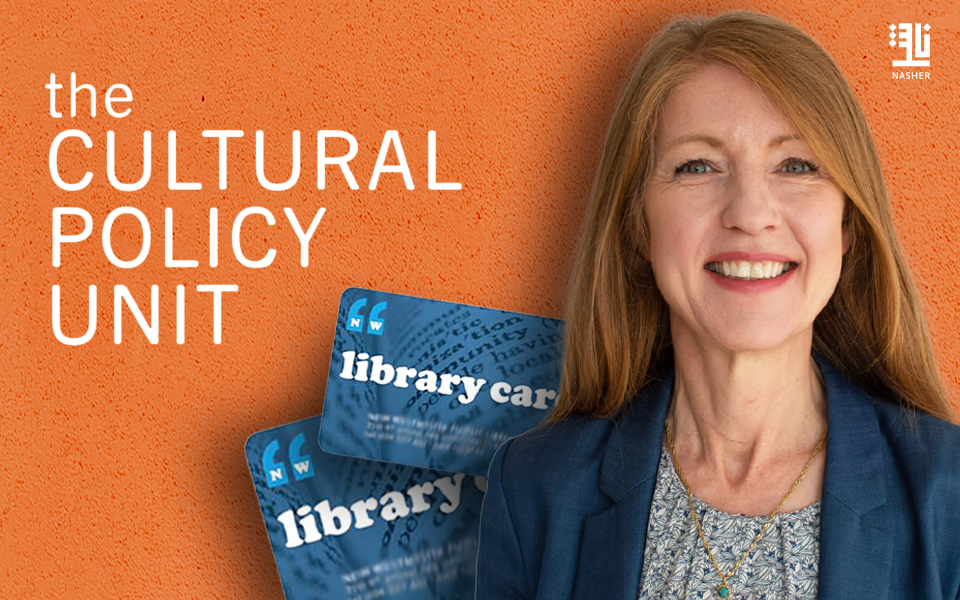For centuries literature has not been the most accessible or inclusive for disabled readers or authors, yet things are slowly changing as more publishing houses are backing disabled writers. We have put together a must read list of books by disabled authors that we would highly recommend.
Sitting Pretty: The View from My Ordinary Resilient Disabled Body by Rebekah Taussig
A memoir-in-essays from disability advocate Rebekah Taussig, processing a lifetime of memories to portray a body that looks and moves differently than most.
Growing up with paralysis the 90s and early 2000s, Rebekah only saw disability depicted as something monstrous (The Hunchback of Notre Dame), inspirational (Helen Keller), or angelic (Forrest Gump). None of this felt right; and as she got older, she longed for more stories that allowed disability to be complex and ordinary, uncomfortable and fine, painful and fulfilling.
Rebekah reflects on everything from the complications of kindness and charity, living both independently and dependently, experiencing intimacy, and how the pervasiveness of ableism in our everyday media directly translates to everyday life.
You Are The Best Thing Since Sliced Bread by Samantha Renke
In this memoir, Renke share the lessons she has learnt and why one should embrace our uniqueness as what makes you fabulous. “We spend a lot of time living by others’ expectations and it’s only when you stop, that you start saying yes to life. Irrespective of who you are and the obstacles you might face, you can do whatever you want. Be free and unapologetically you”.
Driving Forwards: A journey of resilience and empowerment after life-changing injury Sophie Morgan
On the precipice of starting her adult life, aged eighteen, Sophie, a rebellious and incorrigible wild child, crashed her car and was instantly paralysed from the chest down. Rushed to hospital, everything she had dreamed for her life was instantly forgotten and her journey to rediscover herself and build a different life began. But being told she would never walk again would come to be the least of her concerns.
Over the next eighteen years, as she strived to come to terms with the change in her body, her relationships were put to the test; she has had to learn to cope with the many unexpected and unpredictable setbacks of living with paralysis; she has had to overcome her own and other people’s perceptions of disability and explore the limits of her abilities, all whilst searching for love, acceptance, meaning, identity, and purpose.
Head Above Water by Shahd Al Shammari
Head Above Water takes us into a space of intimate conversations on illness and society’s stigmatisation of disabled bodies. We are invited in to ask the big questions about life, loss, and the place of the other. The narrative builds a bridge that reminds us of our common humanity and weaves the threads that tie us all together. Through conversations about women’s identities, bodies, and our journeys through life, we arrive at a politics of love, survival, and hope.
Year of the Tiger: An Activist’s Life by Alice Wong
In Chinese culture, the tiger is deeply revered for its beauty and ferocity and symbolizes power, bravery, and protection. That same fighting spirit resides in Alice Wong.
Drawing on a collection of original essays, previously published work, conversations, graphics, photos, commissioned art by disabled and Asian American artists, and more, Alice uses her unique voice and talent to share a raw and multifaceted impressionistic collage of her life as an Asian American disability rights activist, community builder, and media maker. From her love of good food and pop culture to her unwavering commitment to speaking out against the often complex and overlooked ways inequities and injustices play out in an ableist society, Alice tells her story and creates a space to hear from other disability activists through enriching conversations.
Girl Behind Dark Glasses and A Girl In One Room By Jessica Taylor-Bearman
From a darkened world, bound by four walls, a young woman called Jessica tells the tale of her battle against the M.E Monster. The severest form of a neuro immune disease called Myalgic Encephalomyelitis went to war with her at just 15 years old. From beneath her dark glasses, Jessica glimpses a world far different from the one she remembers as a teenage school girl. This true story follows her path as she ends up living in hospital for years with tubes keeping her alive. This harrowing story follows the highs and lows of the disease and being hospitalised, captured through her voice activated technology diary called `Bug’ that enables her to fulfil her dream of one day becoming an author.
Part two of the number 1 bestselling book A Girl Behind Dark Glasses. Jessica returns home after four years in hospital to a world changed beyond recognition. Her friends have grown up and gone to university, her baby sister is now 16. Everyone has moved on, but her battle with the M.E. Monster is far from over. Jessica faces new challenges daily but she wants to experience life as a young adult, and refuses to let her M.E keep her in hospital for years again. Jessica wants to show the world that she is more than what they see… and this time they will see her.
I Live a Life Like Yours: A Memoir by Jan Grue
Jan Grue was diagnosed with spinal muscular atrophy at the age of three. Shifting between specific periods of his life–his youth with his parents and sister in Norway; his years of study in Berkeley, St. Petersburg, and Amsterdam; and his current life as a professor, husband, and father–he intersperses these histories with elegant, astonishingly wise reflections on the world, social structures, disability, loss, relationships, and the body: in short, on what it means to be human. Along the way, Grue moves effortlessly between his own story and those of others, incorporating reflections on philosophy, film, art, and the work of writers from Joan Didion to Michael Foucault. He revives the cold, clinical language of his childhood, drawing from a stack of medical records that first forced the boy who thought of himself as “just Jan” to perceive that his body, and therefore his self, was defined by its defects.
My Left Foot by Irish Christy Brown
Published when Brown was 22 years old, My Left Foot is the story of Brown who was born with cerebral palsy. Barely able to talk, at the age of five he picked up a piece of chalk with his left foot, the only part of his body with any flexibility, and thus began to communicate.
Brown has a gift of storytelling, and he writes simply and lyrically about his life through painting and writing—with his left foot—he is able to express his feelings of loneliness, entrapment and suffocation.







